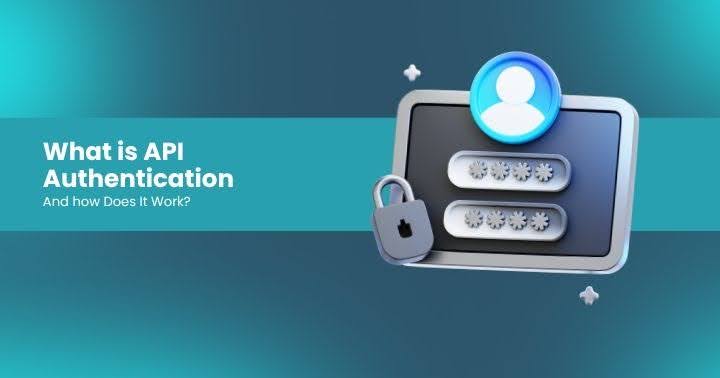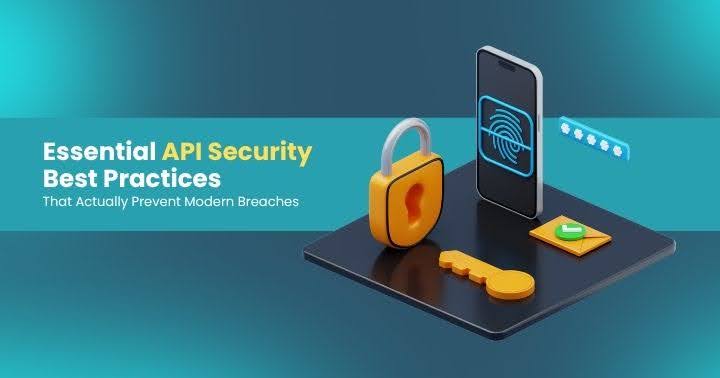The Hidden Menace: Why API Sprawl Is Breaking Your AppSec Strategy
Think you know all the APIs running in your environment? Think again. Beneath the surface of documented endpoints lies a chaotic underworld of shadow APIs and hidden risks. In this must-read blog, learn how API sprawl silently sabotages your security posture—and exactly how to regain control.

The Hidden Menace: Why API Sprawl Is Breaking Your AppSec Strategy
By Damilola Akinsola
Modern application architectures thrive on APIs. But the same explosion of endpoints enabling innovation is creating an invisible security nightmare. Enter: API Sprawl—the uncontrolled, unmonitored growth of APIs across an organization’s environment.
And make no mistake: API sprawl is not just a technical inconvenience. It’s a full-blown operational and security crisis hiding beneath the surface of enterprise ecosystems.
In this blog, we unpack:
- What API sprawl really is
- Real-world breaches caused by sprawl
- The devastating impact on penetration testing
- And a six-phase strategy to take back control
Why API Sprawl Deserves More Attention
When people think about API security, they focus on common vulnerabilities: broken auth, injections, IDORs. But they often overlook the foundation of security—knowing what APIs even exist.
Unfortunately, most organizations don't.
According to the 2024 Postman State of API Report, there are over 200 million APIs in use globally—and 1 in 5 are shadow APIs.
Even worse, the Enterprise Management Association found that only 10% of companies fully document their APIs.
That means the majority of organizations are testing and defending blind. And that’s where the real risk lies.
Real-World Fallout: When API Sprawl Hits the Headlines
API sprawl is no longer hypothetical—it’s the common thread behind major breaches.
Twitter/X (2022)
A fragmented API landscape made it nearly impossible for security teams to enforce policies. Attackers exploited gaps and accessed personal data of 5.4 million users.
Facebook (2018)
A poorly secured “View As” API feature allowed attackers to harvest access tokens and impersonate users—affecting over 50 million accounts.
Uber, Panera, Palo Alto Networks
Each suffered data leaks linked to exposed or undocumented APIs. The pattern? Shadow endpoints that escaped regular audits and security testing.
The Pen Tester’s Nightmare
API sprawl wreaks havoc on penetration testing in four major ways:
1. Lack of Visibility
You can't protect what you can't see. Without complete API inventories, testing becomes guesswork. Tools may only scan known endpoints—leaving shadow APIs untouched.
2. Incomplete API Inventories
Outdated API documentation results in false security. Version 5 may be tested, but version 1 might still be exposed and vulnerable in production.
3. Expanded Attack Surface
Each new endpoint introduces potential misconfigurations or unvalidated inputs. More APIs = more ways in.
4. Operational Friction
Pen testers waste time on outdated or incomplete lists. Discovering hidden APIs mid-engagement forces rework, delay, and frustration.
From Chaos to Control: The 6 Phases to Overcome API Sprawl
Here’s a battle-tested roadmap to bring API sprawl under control:
1. Discovery Phase
Start from the known, uncover the unknown:
- Collect specs (OpenAPI, Postman collections)
- Scan gateways and traffic (using Wireshark, ZAP, Burp)
- Use source code analysis tools (e.g., Checkmarx)
- Engage dev teams to identify undocumented endpoints
💡 Tip: Use AppSec’s free scanner—it’s budget-friendly and effective.
2. Inventory & Cataloging
Create a single source of truth:
- Document every API with endpoints, auth methods, and response formats
- Use SwaggerHub, Postman, or API gateways like Kong and AWS
3. Governance & Standardization
Prevent future sprawl:
- Define clear design and security standards
- Implement governing boards for API lifecycle management
- Enforce documentation before APIs go live
4. Monitoring & Optimization
Stay vigilant post-deployment:
- Use tools like Grafana, Prometheus, and Datadog for usage tracking
- Set alerts for anomalies
- Run regular audits and deprecation cycles
5. Education & Collaboration
Bridge the developer-security divide:
- Train devs and stakeholders on API security best practices
- Foster collaboration using shared tools and communication channels
- Tailor messaging for execs (business impact) vs engineers (technical clarity)
6. Continuous Improvement
Security is not one-and-done:
- Collect feedback from all teams
- Stay updated on OWASP API Top 10 and emerging threats
- Iterate processes and governance models regularly
TL;DR – Key Takeaways for DevSecOps & AppSec Teams
✔️ API Sprawl is real.
✔️ Shadow APIs = Shadow Risk.
✔️ Incomplete inventories undermine pen testing.
✔️ Routine audits + collaboration = sustainable security.
Final Words
You can’t secure what you don’t know. And in the age of microservices, hybrid cloud, and third-party integrations, knowing your APIs is half the battle.
So if you’ve been testing with partial visibility, it’s time to level up.
Follow the six-phase blueprint above, embed API governance into your SDLC, and embrace continuous monitoring. API sprawl may be inevitable—but with the right approach, it doesn’t have to be unmanageable.
Want to dive deeper?
Subscribe to my newsletter: [API Security Today]
And big shoutout to APIsec University for driving the conversation forward.
Latest Articles
Earn your APIsec University Certificate
Earn an APIsec University certificate and badge for completing any of our courses.
Post your badge on LinkedIn and share your accomplishments. You can even receive CPE credits for taking these courses.











